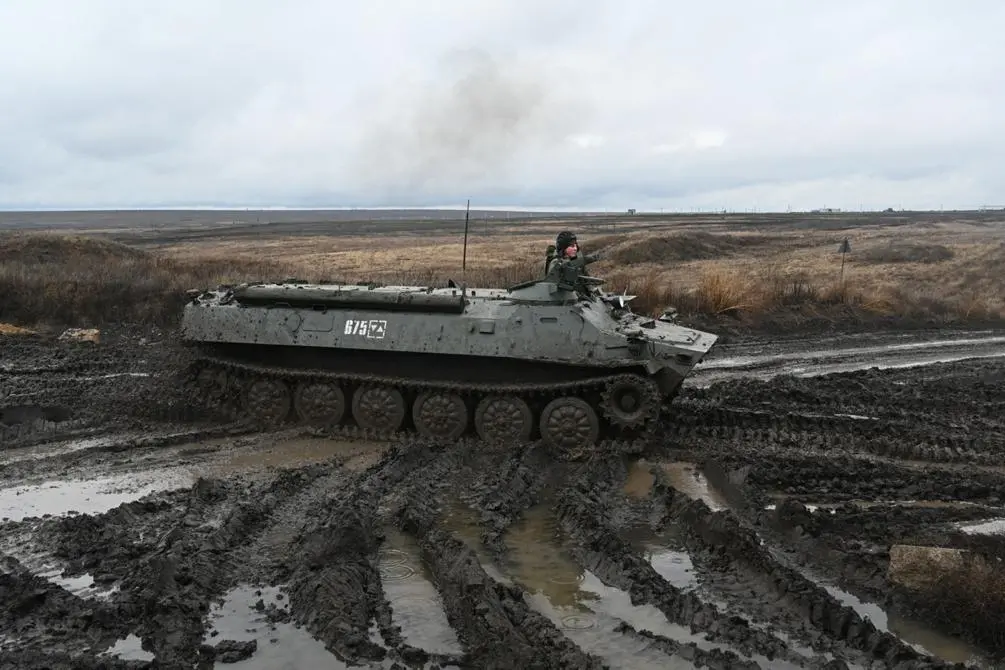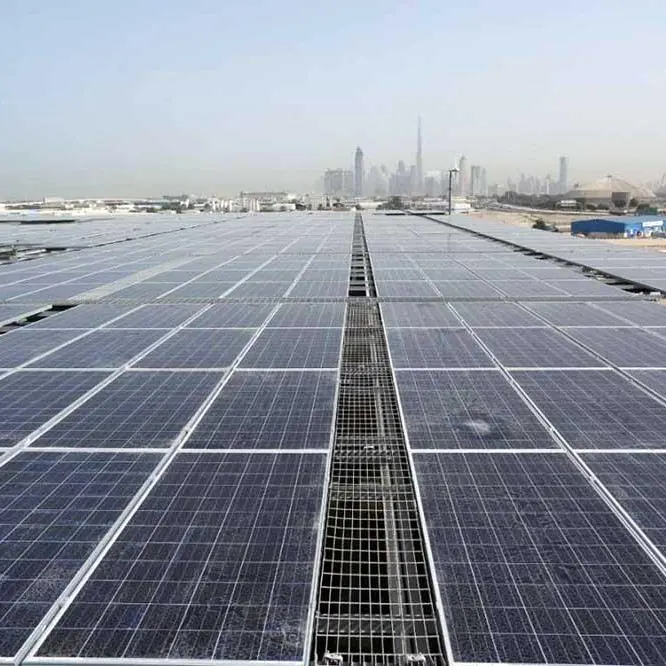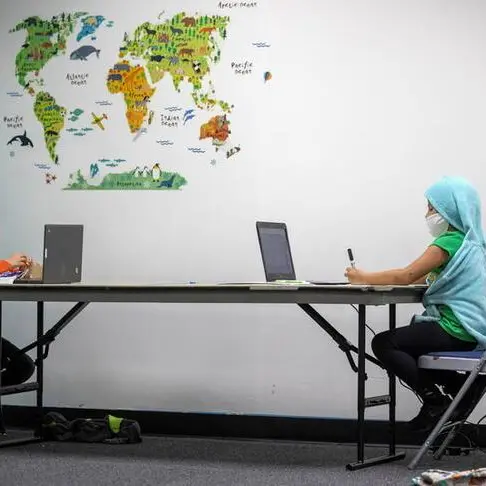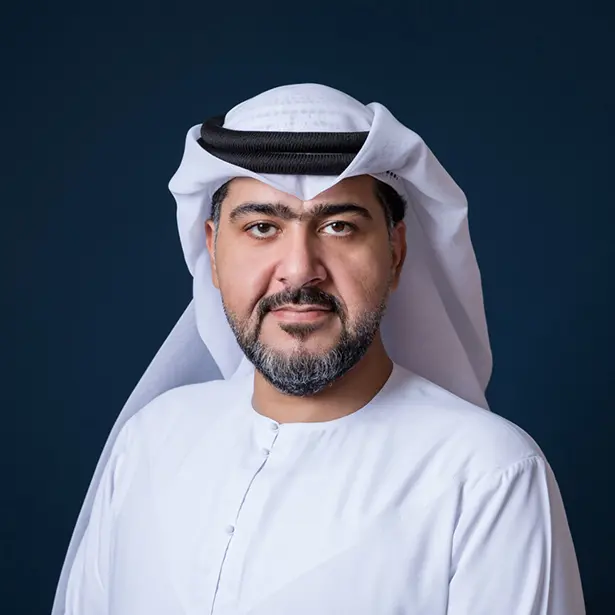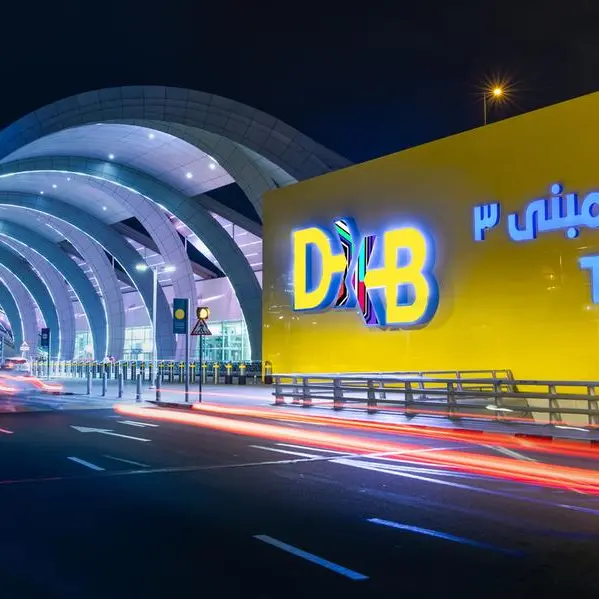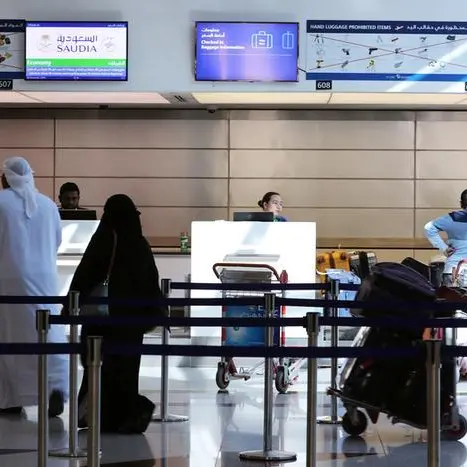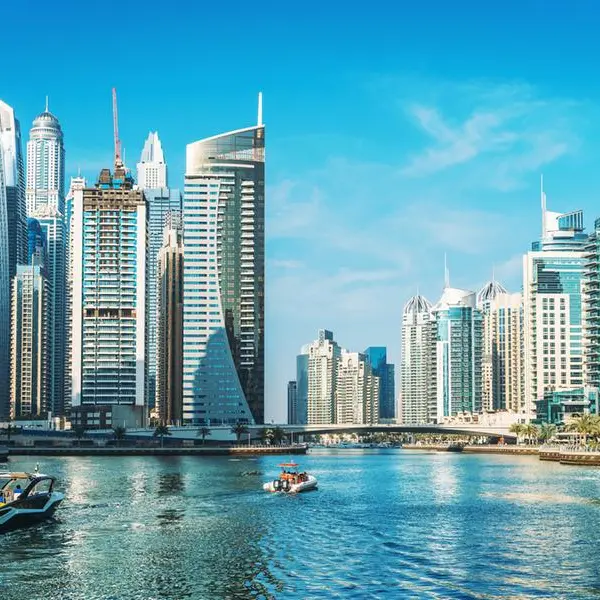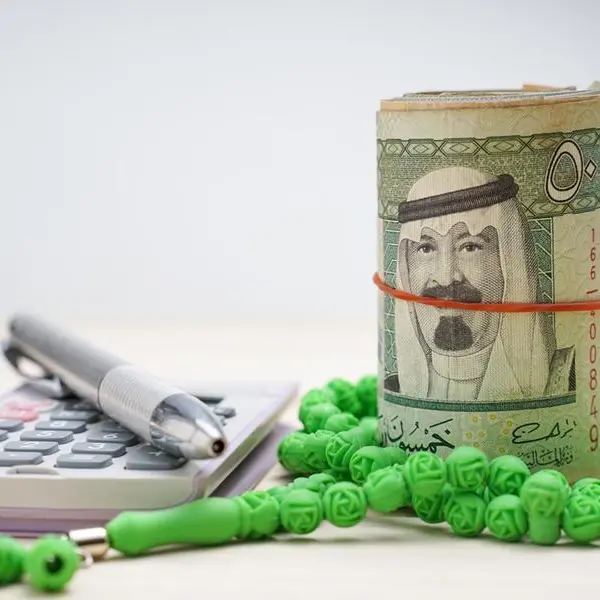PHOTO
(The opinions expressed here are those of the author, a columnist for Reuters.)
LONDON - On Dec. 25, 1991, the hammer and sickle flag came down at the Kremlin for the last time. A week later, on Dec. 31, the Soviet Union formally ceased to exist. Exactly 30 years later, Russian President Vladimir Putin is using every tool at his disposal to reverse what he sees as the humiliations that followed.
For much of the last month, Russia has moved troops and equipment to its border with Ukraine, prompting the United States and European nations to warn of a possible invasion. On Friday, Russia handed the West what it described as “draft agreements” with the United States and NATO that would roll back three decades of NATO expansion in Eastern Europe.
The United States and its allies look unlikely to agree to those concessions - ruling out NATO membership for Ukraine or pledging not to station forces in Eastern Europe without permission from the Kremlin. On Monday, Russia demanded an “urgent” response to its offer, saying failure to do so would “fuel” tensions, while Germany said Russia could not “dictate”.
Whether or not Russia launches an offensive in Ukraine this winter, however, that does not mean it cannot secure significant diplomatic wins. Already, its actions have extracted admissions from U.S. President Joe Biden and UK Defence Secretary Ben Wallace that neither country would likely send combat troops to Ukraine in the event of war.
The United States and its allies hope they have enough tools up their sleeve to push back against Russia’s desire for a “sphere of influence” or “buffer zone”. They include the threat of freezing Russia from international markets and ensuring its Nord Stream 2 Baltic gas pipeline never opens if Moscow launches a military offensive on Ukraine.
How much that truly matters to Moscow is unclear. Its aggressive approach this year has got the conversation going. U.S. officials were quick to say they would discuss the proposals in conjunction with allies, even though some were viewed as unacceptable and Washington remained committed to European countries making their own decisions.
PERSONAL FOR PUTIN
That U.S. response worries nations in Eastern Europe, already fearful that Washington wishes to cut back its European commitments to focus on a more aggressive China. The United States wants Europe to do more of its own defence – but that is very different to Russia’s proposition.
Russia’s “suggestion” was that U.S. and NATO forces withdraw from states they were not in before the enlargement of the alliance in 1997, effectively committing to a western withdrawal from Eastern Europe and former Soviet states from the Baltic to Central Asia. A clause committing the United States and Russia to avoiding deploying nuclear weapons outside their territories would mean an end to U.S. nuclear weapons in Europe, where they are shared with nations including Germany, Ireland, Italy and Turkey.
The rejection of such proposals might give Moscow an excuse to militarise its border further, including a permanent military presence in Belarus that could include nuclear weapons.
For Russia’s security and military establishment, the speed with which NATO expanded into Eastern Europe was a shock, a betrayal of unwritten promises Moscow believed it had received. For many in Russia, it remains intertwined with their own personal challenges at the time.
This month, Putin revealed that he spent some of the early 1990s moonlighting as a taxi driver to make ends meet. “Honestly, it’s not very pleasant to talk about,” he told a documentary, describing the wider break-up of the Soviet Union as a “tragedy” for many.
Eastern European states, however, saw the collapse of the USSR and Warsaw Pact as their liberation, something they will fight to keep.
THE 'FINLANDISATION' OF UKRAINE
Poland – already accusing Russia of being behind migrants attempting to cross into its territory from Belarus – this week announced it would purchase U.S.-built Abrams tanks after war games suggested it might lose to Russian forces. Other European states, however, remain more worried about Russian gas supplies, with a supply crunch next winter seen potentially even worse than that which sent prices spiking earlier this year.
On one front, Russia has been particularly successful. Ukraine – the largest state to quit the Soviet Union – has been made to feel much less a master of its destiny, caught in limbo between Russia and Western allies who will not risk war on its behalf.
Moscow’s options, however, also have their limits. Russia could likely win a limited war with Ukraine to capture additional territory alongside the separatist territories of Donbas and Luhansk it effectively seized in 2014, potentially securing a canal that supplies water to Russian-occupied Crimea. A prolonged attempt to occupy the vast territory of Ukraine, however, could be bloody, messy and expensive.
Moscow might hope a more limited war could itself cause the government in Kyiv to collapse, ushering in a more pro-Russian leader than Volodymyr Zelenskiy. But such an action could equally bolster him, leading to the United States accepting more weapons requests such as for Patriot air defences to follow Javelin anti-tank rockets already shipped.
Russia is unlikely to get the full promise it wants for NATO to reverse its pledge to eventually offer Ukraine membership, although the process itself is seen entirely stalled. One phrase increasingly used by both Russian and Western pundits, however, is “Finlandisation”.
That would see Ukraine in the halfway house that Finland and Austria occupied during the Cold War, outside NATO membership but integrating ever more closely with other European partners. Ultimately, both joined the European Union, and are now covered by the mutual defence clause of the bloc's Lisbon Treaty. Finland, like its Nordic neighbour Sweden, has also closely integrated into NATO, including buying U.S-built F-35 jets.
Whether that would satisfy Moscow is unclear. If Russia truly wishes to reverse the unravelling of the Soviet empire three decades ago, it might have to do so in the same way it was built – through military force. Whether it could do so without triggering a wider, catastrophic conflict, however, is much harder to say. *** Peter Apps is a writer on international affairs, globalisation, conflict and other issues. He is the founder and executive director of the Project for Study of the 21st Century; PS21, a non-national, non-partisan, non-ideological think tank. Paralysed by a war-zone car crash in 2006, he also blogs about his disability and other topics. He was previously a reporter for Reuters and continues to be paid by Thomson Reuters. Since 2016, he has been a member of the British Army Reserve and the UK Labour Party.
Peter Apps
(Editing by Giles Elgood) ((giles.elgood@thomsonreuters.com))
